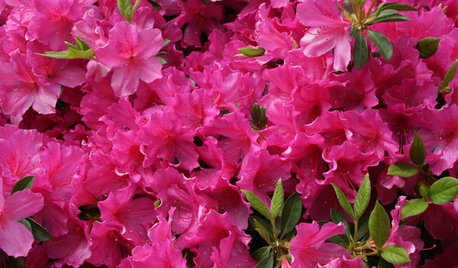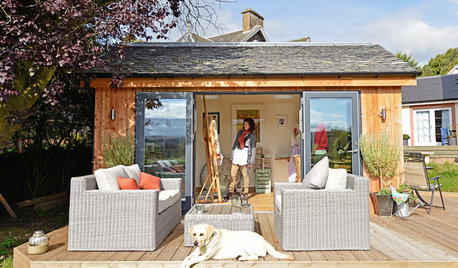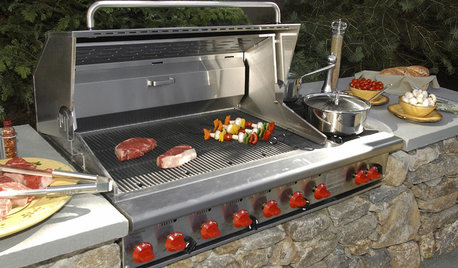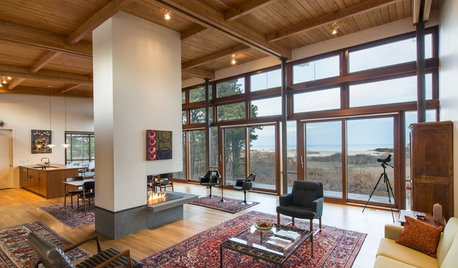Tuff Trees
IncolaParadisi33
10 years ago
Related Stories

SOUTHEAST GARDENINGSoutheast Gardener's April Checklist
Stock up on herbs, keep clippers away from the daffodils and watch for signs of a major impatiens threat
Full Story
MOST POPULAR11 Nominees for the ‘She Shed’ Hall of Fame
These special sanctuaries let busy women get away from it all without leaving the backyard
Full Story
MOST POPULARHow to Add a Backyard Shed for Storage or Living
Need a home office, a playspace or extra room for your stuff? Learn about off-the-shelf, prefab and custom sheds
Full Story
HOUSEKEEPINGHow to Clean Marble Countertops and Tile
Acidic solutions can damage your marble surfaces. Here’s how to keep marble looking clean and amazing
Full Story
GREAT HOME PROJECTSHow to Get a Built-In Outdoor Grill
Put fresh-air grilling on the menu with a built-in setup that suits your patio or yard
Full Story
MODERN HOMESHouzz Tour: Cape Cod’s Midcentury Modern Tradition Comes to Life
A new home nestled in the Cape Cod National Seashore area balances architectural history and modern technology
Full Story
40 Fun Gifts for Your Pet-Loving Friends
Houzz Gift Guide: 40 New Ways to Love Dogs, Cats and Birds in Style
Full Story
MY HOUZZMy Houzz: Global Details Add Character to a Connecticut Farmhouse
Lush textiles and gorgeous antiques warm up this classic 1745 East Coast home
Full StoryMore Discussions







jaliranchr
ken_adrian Adrian MI cold Z5
Related Professionals
Holly Springs Landscape Architects & Landscape Designers · Barrington Hills Landscape Architects & Landscape Designers · Kapaa Landscape Architects & Landscape Designers · Bowie Landscape Contractors · Clark Landscape Contractors · Essex Landscape Contractors · Flagstaff Landscape Contractors · Kearny Landscape Contractors · Lewisville Landscape Contractors · Chicago Ridge Landscape Contractors · Hawaiian Gardens Landscape Contractors · East Cleveland Gardeners & Lawn Care · Hayward Solar Energy Systems · Orinda Solar Energy Systems · Irvington Solar Energy Systemstreebarb Z5 Denver
david52 Zone 6
littlelizzy123
janicez5